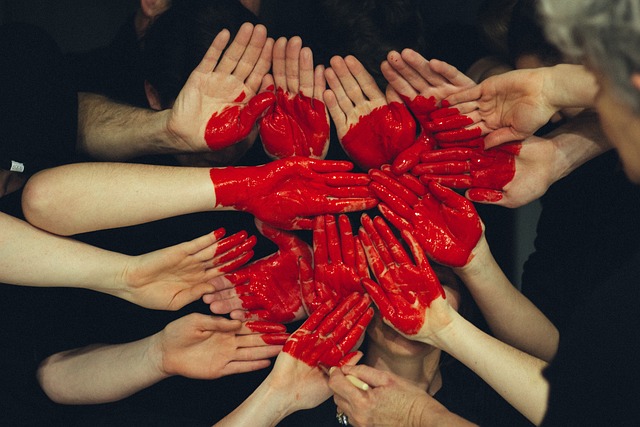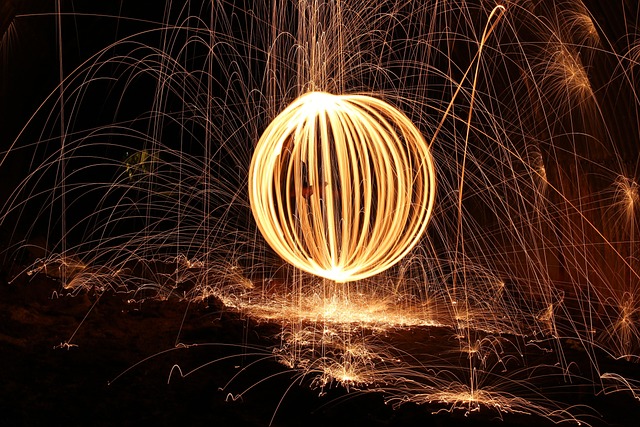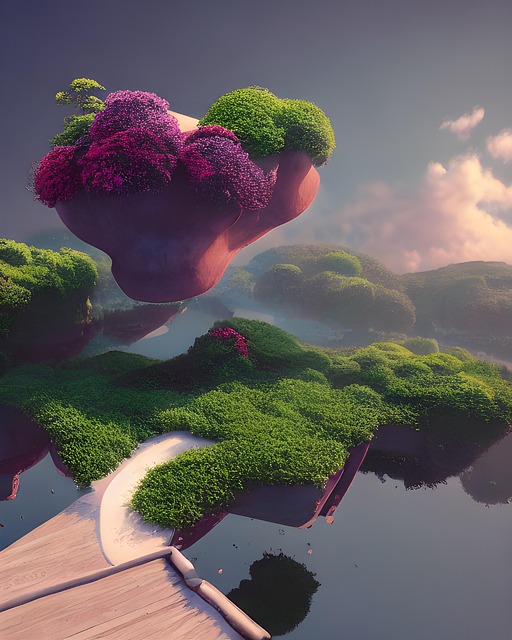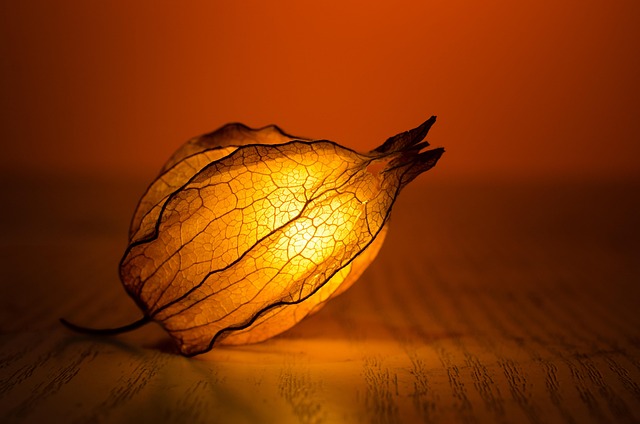# The Intersection of AI Art and Human Expression: A New Era of Visual Storytelling
## Understanding AI Art: A Technological Revolution
Artificial Intelligence (AI) has revolutionized various sectors, and the art world is no exception. At its core, AI art is generated through algorithms that analyze existing artworks, styles, and techniques to produce new visual pieces. This process often involves machine learning, where AI systems learn from vast datasets of images, understanding patterns, colors, and forms. The result is a unique blend of creativity and technology, where machines can create art that mimics human styles or even invents new ones.
Emerging technologies like Generative Adversarial Networks (GANs) have made significant strides in this field. GANs consist of two neural networks—the generator and the discriminator—that work in tandem to produce images that can be indistinguishable from those created by human artists. This innovation has sparked debates about authorship and originality, challenging traditional notions of what constitutes art. As AI continues to evolve, the boundaries of artistic expression are being redefined, leading to a new paradigm in visual storytelling.
Moreover, AI art is not merely about replicating existing styles; it also offers tools for artists to explore uncharted territories. By utilizing AI, artists can experiment with combinations of styles, colors, and forms that they might not have considered on their own. This collaborative dynamic between human creativity and machine intelligence is fostering a more expansive understanding of art, enabling artists to push the limits of their imagination.
## The Role of Human Expression in AI-Generated Art
While AI can generate impressive visual pieces, human expression remains a pivotal component of the artistic process. The emotional depth, cultural context, and personal experiences that artists bring to their work cannot be replicated by algorithms. Human artists infuse their creations with meaning, drawing from their unique perspectives and life experiences, which AI lacks. This interplay between human input and machine output creates a fascinating dialogue in the realm of visual storytelling.
Artists are now leveraging AI as a tool rather than a competitor. For instance, many contemporary artists use AI-generated elements to complement their work, creating hybrid pieces that reflect both human creativity and technological prowess. This partnership allows for a richer narrative, as artists can curate and manipulate AI outputs, adding layers of meaning that resonate with viewers on a deeper level. The resulting artworks often invite audiences to contemplate the relationship between technology and humanity, prompting discussions about the future of creative expression.
In addition, the accessibility of AI tools democratizes art creation. Individuals who may not have formal training can experiment with AI to produce visually striking pieces. This shift opens the door for diverse voices and perspectives, fostering a more inclusive art community. The blend of human emotion with AI’s technical capabilities leads to innovative storytelling methods, enabling artists to engage with audiences in new and profound ways.
## The Future of Visual Storytelling: A Collaborative Approach
As we look ahead, the future of visual storytelling appears to be a collaborative landscape where AI and human artists coexist and inspire one another. This synergy is already evident in various artistic domains, including film, advertising, and interactive media. For example, filmmakers are incorporating AI-generated visuals to enhance storytelling, creating immersive experiences that captivate audiences. This fusion of technology and artistry allows for narratives that transcend traditional boundaries, offering viewers a multifaceted engagement with the story.
Furthermore, the intersection of AI and human expression presents exciting opportunities for interactive art. Artists are exploring ways to create dynamic pieces that evolve based on audience interaction, using AI algorithms to adapt visuals in real-time. This evolution transforms the audience from passive viewers into active participants, deepening their connection to the artwork. Such innovations challenge conventional notions of authorship and audience engagement, paving the way for a more participatory art experience.
Critics, however, raise important questions about the implications of AI in art. Concerns about authenticity, copyright, and the potential devaluation of human creativity are prevalent. As AI-generated art gains popularity, it becomes crucial to establish ethical frameworks that address these issues. Balancing technological advancement with respect for human artistry will be essential in maintaining the integrity of the creative process.
In conclusion, the intersection of AI art and human expression marks the dawn of a new era in visual storytelling. By embracing the potential of AI as a collaborative tool, artists can explore uncharted territories of creativity while retaining the emotional and cultural richness that defines human expression. As we navigate this evolving landscape, the dialogue between technology and art will undoubtedly continue to inspire and challenge our understanding of creativity in the modern world. The future promises a vibrant tapestry of narratives, where human insight and machine intelligence coalesce to redefine the boundaries of visual storytelling.











